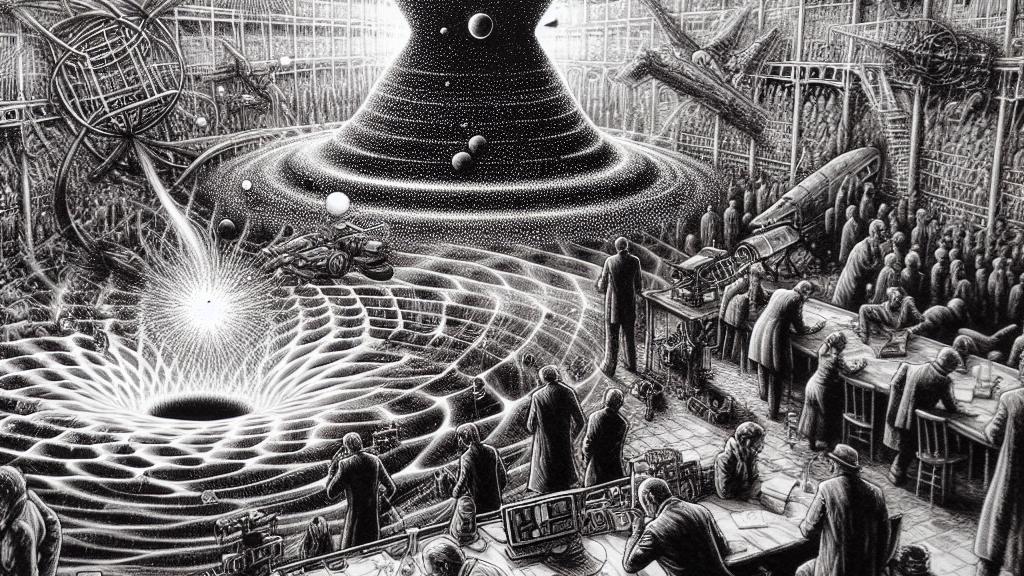Advancements in Gravitational-Wave Detection Through Dynamic Tracking Techniques
Overview
- Dynamic tracking revolutionizes the clarity in detecting gravitational waves from distant cosmic events.
- This innovative technique promises to reveal insights about fascinating phenomena like black hole and neutron star mergers.
- Reducing quantum noise is crucial for enhancing the sensitivity and performance of future gravitational-wave observatories.

Unraveling the Mysteries of Gravitational Waves
Imagine straining to hear whispers in a crowded room—this analogy perfectly captures the challenge scientists face when they attempt to detect the faint echoes of gravitational waves. First discovered by LIGO in 2015, these ripples in spacetime are birthed from celestial cataclysms, like the collision of massive black holes. Now, researchers from Louisiana State University have introduced a remarkable dynamic tracking technique that could change the game. This breakthrough enables scientists to listen more closely and accurately to these cosmic whispers, thus paving the way for a deeper understanding of the universe's most dramatic events.
Confronting Quantum Noise with Innovative Solutions
Quantum noise stands out as one of the primary hurdles in this quest, akin to static drowning out a beloved song. It arises from the fundamental nature of quantum mechanics, disrupting the delicate measurements needed to capture gravitational waves. Enter the ingenious optical spring tracking method—a sophisticated approach that synchronizes with the incoming gravitational signals, much like adjusting the frequency on a radio to get a clear sound. By effectively reducing this quantum noise, researchers can enhance the clarity of the signals captured by gravitational-wave detectors such as LIGO. This groundbreaking method not only amplifies the sensitivity of current observatories but also marks a crucial step in the development of next-generation detectors, including the eagerly anticipated Cosmic Explorer.
Exploring the Future: Possibilities and Impacts
Looking ahead, the implications of this dynamic tracking technique are extraordinarily exciting. Imagine capturing the gravitational waves from binary black holes in their final moments of collision or decoding the intricate dance of neutron star mergers. This wasn’t just wishful thinking; it’s becoming a reality thanks to advancements in technology. With enhanced detection capabilities, scientists anticipate an explosion in the number of observable gravitational-wave events, allowing us to broaden our understanding of fundamental physics. As we prepare for a future rich in gravitational wave discoveries, mastering the art of quantum noise reduction will emerge as a cornerstone for unlocking the universe's deepest secrets, propelling us into an era of unprecedented astronomical exploration and insight.

Loading...